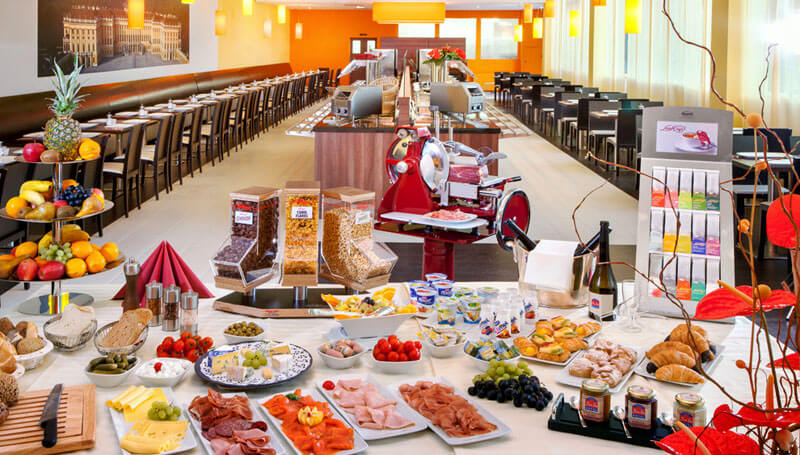
When new luxury and upper-upscale hotels enter a market, it can serve as a call to action for other hotels to up their game. For these legacy hotels, the challenge is not just to maintain market share but also to reinforce their foothold among new entrants.
NB: This is an article from JLL
Subscribe to our weekly newsletter and stay up to date
Case in point – Kuala Lumpur. With the iconic Petronas Twin Towers dominating its skyline, Kuala Lumpur has long been a magnet for both leisure and business travellers worldwide. But as demand for upscale and luxury accommodations rises, the city is experiencing an influx of new hotels.
Learning from the experiences of hotels in other cities in South-east Asia, longstanding hotels in Kuala Lumpur can gain valuable guidance on remaining relevant in the face of fresh competition.
Hotels in other cities – such as Singapore, Jakarta and Bangkok – have successfully mastered four key strategies to remain attractive: renovation initiatives, market segmentation, unique marketing approaches, and through service excellence.
Renovation and refurbishment Initiatives
In an ever-evolving tourism marketplace, it’s becoming increasingly apparent that established and older hotels should take proactive measures to stay competitive. This goes beyond striving for yield accretive-ness and delves into the realm of defensive enhancement – a crucial strategy for survival and growth.
The hospitality landscape continues to change at an accelerated pace and new hotels often setting robust benchmarks for Average Daily Rates (ADR). By integrating upgrades in design and technology, existing hotels can significantly enhance the guest experience and justify any potential rate increases to sustain or even improves their competitive edge.
Singapore, for example, saw a surge in new hotel supply between 2010 and 2013, which created a more saturated market. Unfazed by the growing competition, hotels embarked on a strategic renovation journey with comprehensive redesigns of their Club Lounge and remodelling suites and rooms to add a contemporary touch, while retaining their existing brand identity. The renovation preserved the hotel’s prestigious position within Singapore’s competitive tourism market and marker their commitment to providing an elevated guest experience.
Balancing innovative modernisation and brand preservation is a valuable lesson for other players in the luxury tourism sector.
Market segmentation and positioning
Analysing customer data to identify niches within the market is crucial for hotels in Kuala Lumpur. By focusing on specific segments, such as luxury business travellers or wellness tourists, hotels can differentiate themselves and tailor their offerings.
This is something hotels in Jakarta and Bangkok do well. While Jakarta may not traditionally be seen as a prominent destination for travellers compared to the magnetic pull of places like Bangkok, its strategic approach to the hospitality sector is multifaceted and nuanced.






